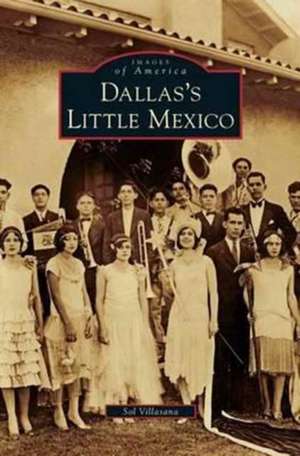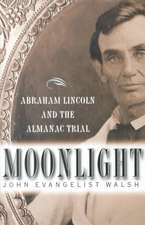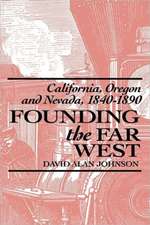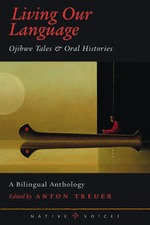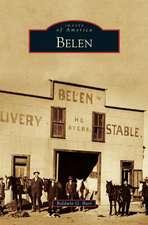Dallas's Little Mexico
Autor Sol Villasanaen Limba Engleză Hardback
| Toate formatele și edițiile | Preț | Express |
|---|---|---|
| Paperback (1) | 133.00 lei 22-36 zile | |
| Arcadia Publishing (SC) – 31 mar 2011 | 133.00 lei 22-36 zile | |
| Hardback (1) | 181.89 lei 43-57 zile | |
| – | 181.89 lei 43-57 zile |
Preț: 181.89 lei
Nou
Puncte Express: 273
Preț estimativ în valută:
34.81€ • 36.43$ • 28.97£
34.81€ • 36.43$ • 28.97£
Carte tipărită la comandă
Livrare economică 31 martie-14 aprilie
Preluare comenzi: 021 569.72.76
Specificații
ISBN-13: 9781531652685
ISBN-10: 1531652689
Pagini: 130
Dimensiuni: 170 x 244 x 10 mm
Greutate: 0.41 kg
ISBN-10: 1531652689
Pagini: 130
Dimensiuni: 170 x 244 x 10 mm
Greutate: 0.41 kg
Notă biografică
Sol Villasana is a Dallas lawyer, mediator, and writer. He has also taught at Southern Methodist University. Villasana is the former chair of the Hispanic Advisory Committee of the Dallas Independent School District and a former board member of the Dallas Mexican American Historical League. He has been the recipient of numerous awards, including the Dallas Bar Association's Distinguished Pro Bono Service Award.
Descriere
Descriere de la o altă ediție sau format:
Little Mexico was Dallas's earliest Mexican barrio. "Mexicanos" had lived in Dallas since the mid-19th century. The social displacement created by the Mexican Revolution of 1910, however, caused the emergence of a distinct and vibrant neighborhood on the edge of the city's downtown. This neighborhood consisted of modest homes, small businesses, churches, and schools, and further immigration from Mexico in the 1920s caused its population to boom. By the 1930s, Little Mexico's population had grown to over 15,000 people. The expanding city's construction projects, urban renewal plans, and land speculation by developers gradually began to dismantle Little Mexico. By the end of the 20th century, Little Mexico had all but disappeared, giving way to upscale high-rise residences and hotels, office towers of steel and glass, and the city's newest entertainment district. This book looks at Little Mexico's growth, zenith, demise, and its remarkable renaissance as a neighborhood.
Little Mexico was Dallas's earliest Mexican barrio. "Mexicanos" had lived in Dallas since the mid-19th century. The social displacement created by the Mexican Revolution of 1910, however, caused the emergence of a distinct and vibrant neighborhood on the edge of the city's downtown. This neighborhood consisted of modest homes, small businesses, churches, and schools, and further immigration from Mexico in the 1920s caused its population to boom. By the 1930s, Little Mexico's population had grown to over 15,000 people. The expanding city's construction projects, urban renewal plans, and land speculation by developers gradually began to dismantle Little Mexico. By the end of the 20th century, Little Mexico had all but disappeared, giving way to upscale high-rise residences and hotels, office towers of steel and glass, and the city's newest entertainment district. This book looks at Little Mexico's growth, zenith, demise, and its remarkable renaissance as a neighborhood.
